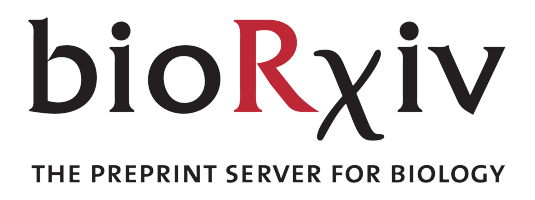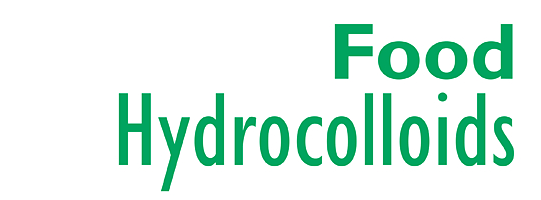Publications
Featuring Labbot

Phase separation of protein kinase A regulatory subunits is driven by similar inter- and intra-molecular interactions involving the inhibitory segment
In the cell, proteins can phase separate to form local, transient compartments that regulate key functions. But what are the driving forces behind this, and how does it relate to other types of protein interactions? To address this, the Magnus Kjærgaard research group in Aarhus developed a framework to quantify the distinct energetic forces governing these interactions.

Effects of solution conditions on the self-assembly of the chaperone protein DNAJB6b
Our cells are kept clean by a host of protein chaperones that prevent the buildup of misfolded proteins linked to dementia and other diseases. In this study, the Sara Linse group takes a close look at one such chaperone, DNAJB6b, exploring how it forms clusters of different sizes under various conditions. This clustering behaviour appears to be central to DNAJB6b’s remarkable ability to suppress protein aggregation.

Tunable self-association of partially dephosphorylated beta-casein
Adapting milk protein from cows for human infant nutrition requires an in-depth understanding of how the proteins differ. In this collaboration between the University of Copenhagen and Arla Foods Ingredients, the authors explored how calcium and phosphorylation state govern the self-association of industrially prepared β-casein.

Modulating protein unfolding and refolding via the synergistic association of an anionic and a nonionic surfactant
This paper explores the complex interactions between proteins and surfactants. Through careful titration, the authors reveal how proteins undergo unfolding and refolding at varying ratios of ionic and nonionic surfactants, uncovering unexpected behaviors along the way. A deeper understanding of this interplay is essential for applications that rely on surfactants to stabilize proteins, including drug formulation, biotechnology, and beyond.

Insulin Amyloid Morphology is Encoded in H-bonds and Electrostatics Interactions Ruling Protein Phase Separation
This article investigates how hydrogen bonds and electrostatic interactions between ions and proteins influence phase separation and amyloid formation. Using a combination of microscopy, small-angle X-ray scattering, and ThT fluorescence, the authors map out how different ions on the Hofmeister scale alter the aggregation landscape.

Disassembly and in vitro cell compatibility of α-lactalbumin particulates under physiologically relevant conditions
The study showcases excellent techniques and controls for accurately measuring conditions inside droplets. Additionally, it offers insights into molecular tools for fine-tuning the critical concentration of synthetic condensates and modulating the partitioning of small molecules within them.

Oxygen Partitioning into Biomolecular Condensates is Governed by Excluded Volume
In this paper, the authors demonstrate that molecular oxygen is selectively excluded from protein condensates. Investigating the underlying driving forces reveals that this partitioning is driven by excluded volume effects rather than hydrophobicity.

Charge Regulation during Amyloid Formation of α-Synuclein
Electrostatic interactions play crucial roles in protein function. Measuring pKa value perturbations upon complex formation or self-assembly of e.g. amyloid fibrils gives valuable information about the effect of electrostatic interactions in those processes.

An aggregation inhibitor specific to oligomeric intermediates of Aβ42 derived from phage display libraries of stable, small proteins
The self-assembly of amyloid β peptide (Aβ) to fibrillar and oligomeric aggregates is linked to Alzheimer’s disease. Aβ binders may serve as inhibitors of aggregation to prevent the generation of neurotoxic species and for the detection of Aβ species.

Precise detection of pH inside large unilamellar vesicles using membrane-impermeable dendritic porphyrin-based nanoprobes
Accurate real-time measurements of proton concentration gradients are pivotal to mechanistic studies of proton translocation by membrane-bound enzymes. Here we report a detailed characterization of the pH-sensitive fluorescent nanoprobe Glu3, which is well suited for pH measurements in microcompartmentalized biological systems.
